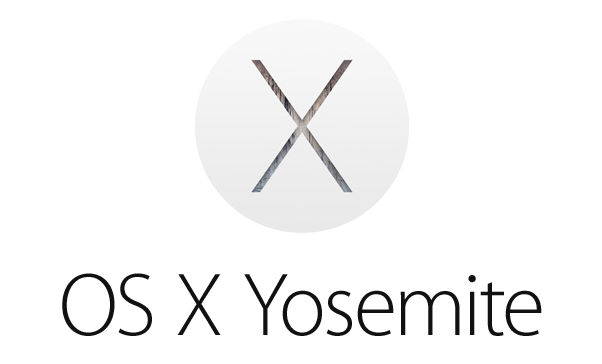Setting up Virtual Hosts in Apache on Mac OSX 10.10 Yosemite is straight forward after you have your local Web Development environment up and running – get your web development up and running first including Apache, PHP and MySQL following this AMP stack guide here 10.10 if required.
The process of setting up Virtual Hosts is done easier in the Terminal either using nano or vi with sudo or as a root user, or you can you a GUI visual editor like Text Wrangler which allows access to the /private/etc directory by clicking ‘Show Everything” in the open dialog box.
The current Apache OpenOffice supports Apple MacOS X version 10.7 (Lion) - 10.11 (El Capitan) and macOS 10.12 (Sierra) - 10.13 (High Sierra). Hardware requirements CPU: Intel Processor.

Click on the link above to download Apache Directory Studio for macOS. The download appeares in the Downloads folder in Finder. Double-click on the disk image to open it. Drag-and-drop the Apache Directory Studio application on the Applications folder to install it. The Apache Project is a collaborative software development effort aimed at creating a robust, commercial-grade, featureful, and freely-available source code. Since Mac OS X Yosemite Apache and PHP come packaged with the OS so you only need to enable PHP and install MySQL. ( The default DocumentRoot for Mac OS X Yosemite is /Library/WebServer/Documents ) called phpinfo.php and add this content. The current Apache OpenOffice supports Apple OS X version 10.7 (Lion), 10.8 (Mountain Lion), 10.9 (Mavericks), 10.10 (Yosemite), 10.11 (El Capitan) and macOS 10.12 (Sierra), 10.13 (High Sierra), 10.14 (Mojave), 10.15 (Catalina). The last OpenOffice version supporting Mac OS X 10.4 (Tiger), 10.5 (Leopard), 10.6 (Snow Leopard) is OpenOffice 4.0.1.
Allow the vhosts configuration from the Apache configuration file httpd.conf

Open the httpd.conf
Search for ‘vhosts‘ and uncomment the include line
Also allow another module to run by uncommenting:
Edit the vhosts.conf file
Open this file to add in the vhost.
An example in the file is given of the format required to add additional domains, just follow this to create your new virtual host:
We can take this example and extend on it, if you wanted a domain named apple.com for example, you can copy the existing text block and edit to suit:
So in the example above a vhost for apple.com is created and the document root is in the Sites folder, in the text block above I have also added in some log files, what you need to change is the document root location username and domain name to suit your needs. Finish and save the file.
Now also you need to map the IP address to be the localhost.
Map Your IP address to localhost
Add the Domain and ‘www‘ alias to resolve to the localhost address
Restart Apache
Check out your local vhost domain in the browser
Losing Localhost
One caveat to note about virtual hosts is that once set up you lose your older document root previously at /LIbrary/WebServer/Documents or accessed in the browser at http://localhost what happens is that you get a 403 Forbidden Error. But the ~/username document root is still compatible.
To get around this, you need to add in a vhost for localhost and declare this vhost before any of the others, in the same file:

Add in:

Restart Apache
Changing the WebServer Default User
One of the frustrations of using the Users/username/Sites folder for vhosts is the permissions issues with things like updates and authentication.
This is because the default webserver user which runs httpd is known as _www, which will not be the user in your local account. If your machine is only in use by you and the webserver will run only under your account then you can change the user.
Apache For Mac Yosemite Dmg
Find Your User and Group
In the Terminal use the id command to see your username and group
You will get a bunch of user groups, you need your primary user uid and group gid names
Apache For Mac Yosemite Installer
Change this back in /etc/apache2/httpd.conf
Restart Apache

Apache For Mac Yosemite High Sierra
Restart Apache and now you are running httpd as your local account.
